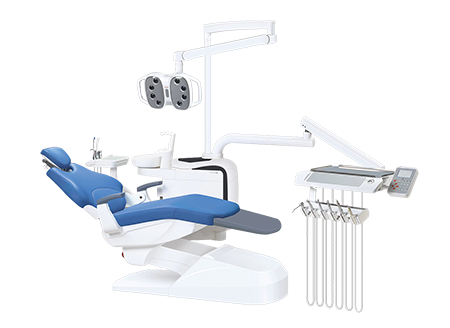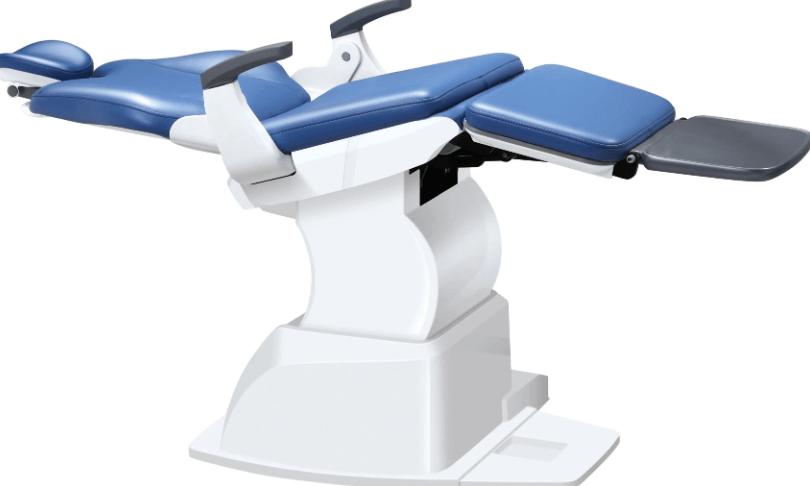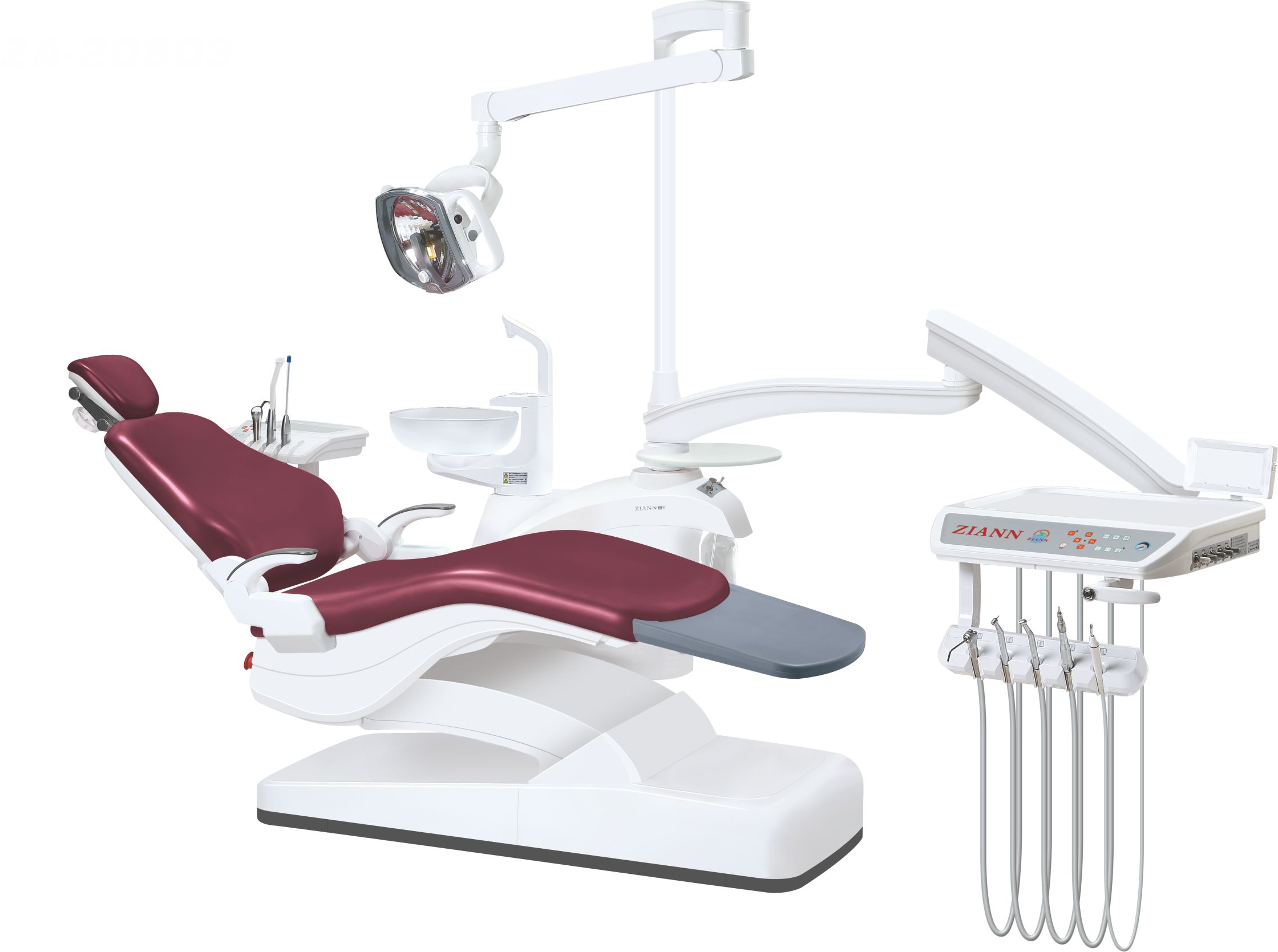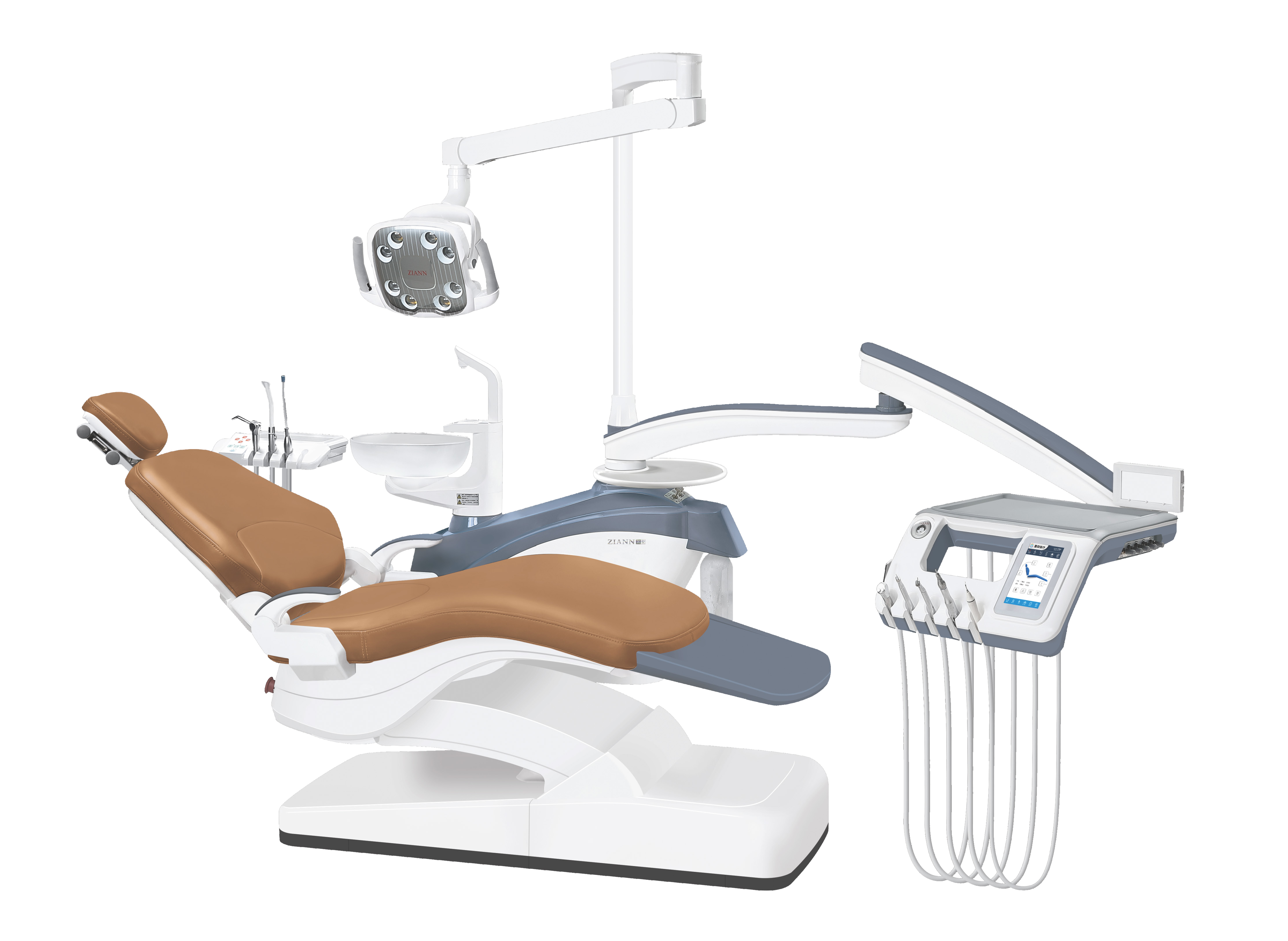The dental chair is the central hub of every dental practice, a multifaceted apparatus designed to provide patient comfort while facilitating the precision and efficiency essential for various dental procedures.
While often overshadowed by the spotlight on dental expertise, the maintenance of these units is a critical aspect that significantly impacts both patient care and the clinic's operational efficiency. In this post, the author would guide you how to choose your dental unit.
Understanding the Components: The Anatomy of Dental Chair Units
Before starting the maintain job, it is necessary to know the components of the dental units to prevent the wrong cleaning.
●Chair Structure: Beyond a Seating Arrangement
Imagine the dental chair as a symphony of components orchestrated for patient comfort. The seat, backrest, armrests, and foot controls collectively contribute to a patient's ease during procedures, ensuring a conducive environment for both patient and dentist.
●Instrument Delivery System: Precision and Functionality
The intricately connected handpieces, air-water syringes, and suction units serve as the workhorse of dental treatments. Their optimal functioning is imperative for precise procedures and a comfortable patient experience.
●Control Panel and Electronics: Precision and Comfort Controls
The control panel dictates chair movements, lighting, and integrates electronic functionalities critical for patient comfort and procedural accuracy. The seamless operation of these elements is paramount for a smooth dental experience.

The Imperative of Regular Maintenance
Someone may neglect the maintenance of the dental units. However, the regular maintenance of the dental unit can benefit the patients and dentists.
●Patient Safety: A Non-Negotiable Priority
The correlation between routine maintenance and patient safety cannot be overstated. Malfunctioning equipment not only disrupts procedures but also poses potential risks to patient well-being.
●Prolonging Equipment Lifespan: The Cost-Efficient Approach
Beyond safety, regular maintenance significantly extends the lifespan of dental chair units. This proactive approach minimizes the need for frequent repairs or replacements, ultimately reducing operational costs.

Maintenance Tips and Best Practices
Then, it is time to guide you to maintain your dental chair unit.
●Daily Cleaning Routine: Hygiene as a Cornerstone
Implementing a stringent cleaning regimen using recommended disinfectants ensures a sterile environment, safeguarding against potential malfunctions and cross-contamination.
●Lubrication and Calibration: Sustaining Optimal Performance
The regular application of lubricants to moving parts and periodic calibration of electronics guarantee seamless functionality, ensuring precision and patient comfort.
●Scheduled Inspections and Servicing: Proactive Measures
Establishing a proactive maintenance schedule, including routine inspections and professional servicing, allows for the early detection and resolution of issues, averting potential disruptions.
●Troubleshooting Common Issues: Empowering Staff
Equipping staff with troubleshooting skills empowers them to address minor issues promptly, minimizing downtime and ensuring continuous operations.

How to Empower Staff?
You may wonder how can I empower staff to let them help the maintenance. It is an easy task.
●Training Programs: Cultivating Expertise
Investing in comprehensive training programs empowers staff to adeptly handle maintenance procedures, fostering a culture of accountability and expertise.
●Creating Awareness: Fostering a Responsibility Ethos
Encouraging staff to actively report issues and take ownership of equipment maintenance ensures timely interventions and a proactive approach to problem-solving.
Conclusion
The meticulous upkeep of dental chair units is not just a formality but a cornerstone of exceptional patient care and operational excellence within dental practices. From the daily cleaning rituals to professional servicing, each step taken towards maintenance reinforces the foundation upon which quality dental treatments are built. Embracing a culture of maintenance not only guarantees patient safety but also amplifies the efficiency and durability of these indispensable tools in the dental profession.






